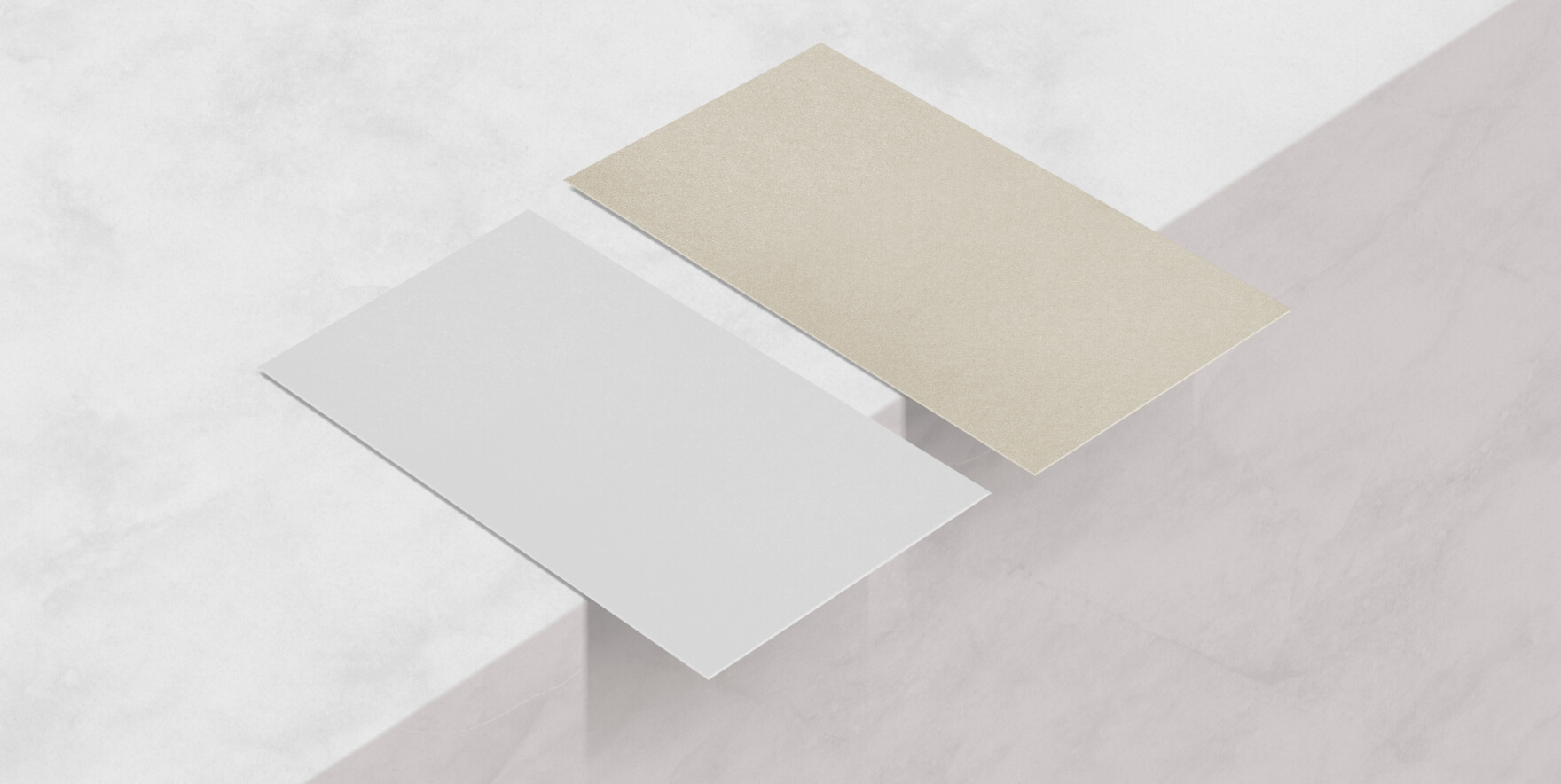Business Card History and Meeting: How It All Started?
01.11.2021
Share
Business cards may seem like a novelty that dates back only a few decades. In fact, they've been in our lives much longer. While some of the purposes of the business card remain relatively unchanged, many other aspects of the business card have evolved. This is how everything started, from paper to digital business cards.

Where Did Business Cards Start?
It's hard to say where and how business cards started or evolved. One of the earliest known examples comes from China and dates back to the 15th century. Other early examples come from England, dating back to the 17th century.

What Are They Used For?
Back then, as today, business cards were used to introduce yourself or your “business” to people. But some are used a little differently. For example, in 15th century China, elite members of society would request to visit a person by sending something known as a calling card or visiting card. Calling cards were a tool for elites to prove their status or identity to others. After a visit request was made, the receiver would decide whether to accept it.
In the 17th century, France and England used business cards in almost the same way as China. Kings and queens would use business cards to announce their upcoming arrival in a city or town in their area. These announcements allowed the elite to plan and prepare accordingly.
Traders and merchants quickly adopted this practice and began using business cards to promote their businesses. As a result, trading cards were born. Traders and merchants were handed out business-sized cards with details about their occupation or product and a map showing how to find their business.

What Are Business Cards Made Of?
Not surprisingly, business cards are made of paper and ink dating back to the 15th century. As time went on, those who wanted to impress someone else or show off their high status would embroider their cards with gold and other precious metals if their money was enough.

How Are They Made?
While the use of paper and ink remains almost the same, their manufacturing process has improved.
Before the invention of the printing press, calling cards were inked by professional engravers and signed by the owner. In the late 1700s, lithographers printed cards using stone slabs made of stone, metal plates, or blocks of wood. These were used, like a printing press, to print drawings and letters on paper. This allowed cards to be produced much more quickly with more fancy decorations and drawings.
As technology has improved, so have the designs. For example, chromolithography made it possible to add multiple colors to paper cards. However, although generous and artistic designs continued into the late Victorian era, by the early 1800s business cards took on a simpler look.
The Evolution of Business Card Etiquette
Just as the design and materials used in business cards have evolved, so have the rules of etiquette.
Between the 17th and 18th centuries, when wealthy individuals (usually upper-class women) wanted to meet with someone for the first time, a servant would approach them with a silver tray or plate and set a card. The maid would then take the card and present it to the lady of the house. A returned card was a respectful way of denying or refusing their request.
During the 1870s and 1900s, designing and distributing trading cards became less formal. Businesses began to appeal to the tendencies or emotions of their audiences by using humor or stylish illustrations. They also placed cards as part of their product packaging. Its purpose was to reward card collectors and promote their work. However, this practice quickly died out, as advertising in a newspaper was cheaper than a card. It was also easier to reach a wider audience this way.
In the century we live in, business card etiquette does not focus so much on how it is distributed or presented. You either pick cards from a pile at the fair or on the table, or hand them out to potential customers at networking events.
But now, individuals are starting to use digital business cards as a networking strategy. Entrepreneurs use digital business cards in almost the same way as presenting and distributing paper cards currently. The differences are that digital business cards can offer more information than the other, are more cost-effective, and save our world's resources for sustainability by avoiding paper waste.
Business Cards Will Keep Evolving
As technology has improved, the way people use business cards has also evolved. Business cards are permanent, but how they are used will change over time as technology evolves. Digital business cards are just one sign of the transition from traditional paper cards.
Get the Trowas Concept digital business card now to switch to a digital business card!





